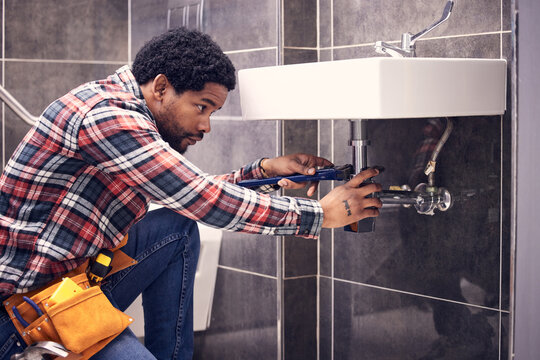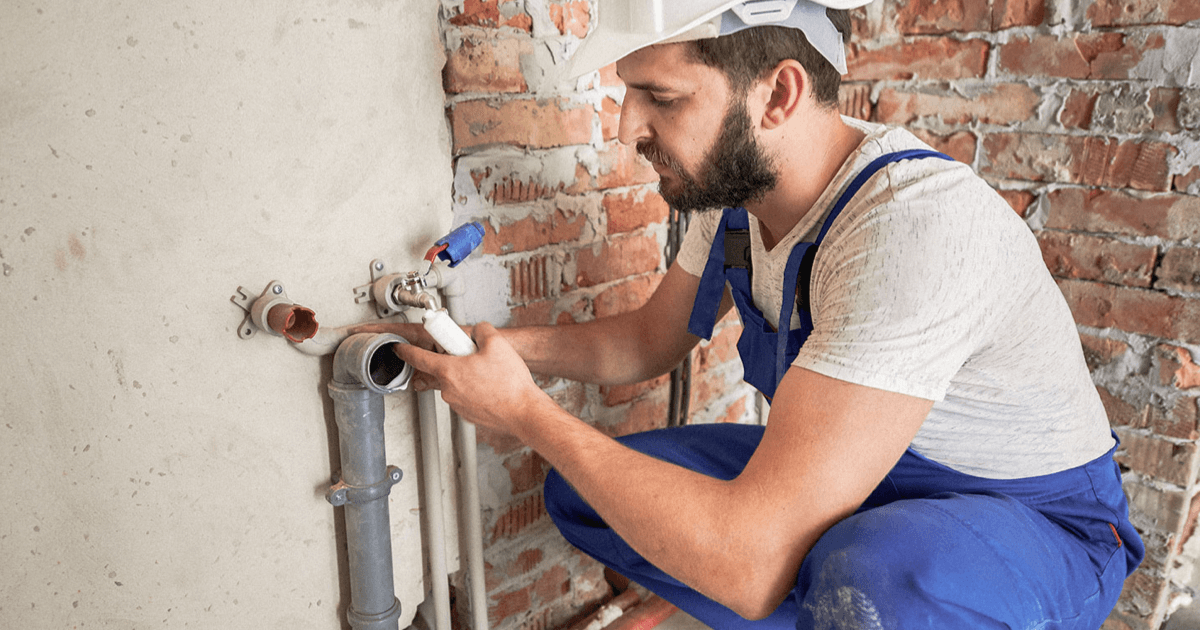Fast and Effective Drain Cleaning Alabaster AL Services Available
Fast and Effective Drain Cleaning Alabaster AL Services Available
Blog Article
A Detailed Guide to Reliable Hot Water Heater Setup for Optimal Efficiency
Embarking on the job of installing a water heating unit is an endeavor that demands accuracy and a methodical approach for accomplishing optimal performance. As you continue, the intricacies of linking water supply lines and setting up reliable electrical or gas links await, encouraging insights into guaranteeing performance and reliability.
Picking the Right Water Heating System

Following, consider the dimension and ability of the hot water heater. It's essential to assess your household's hot water needs, which can differ based upon the variety of occupants and their usage patterns. A system that's as well tiny may cause not enough warm water, while an oversized model may lead to unneeded energy intake.
Performance ratings also play an essential function in choice. Try to find hot water heater with high Power Variable (EF) rankings, showing superior performance and reduced energy use. Tankless versions, though generally much more expensive upfront, offer substantial power cost savings gradually because of their on-demand home heating abilities.
Preparing the Setup Area
Before installing a new hot water heater, precise preparation of the installation location is essential. This ensures a smooth installment process and assists prevent future issues (Plumber Alabaster AL). Begin by picking an appropriate location that follows neighborhood building ordinance and safety standards. The area must be completely dry, well-ventilated, and available for upkeep. It's crucial to determine the area carefully to suit the water heating system's dimensions, making sure ample clearance around the system for efficient operation and servicing.
Check the flooring for stability, as the water heating unit will certainly require a strong, level surface to run efficiently. If needed, install a drip frying pan beneath the system to catch prospective leakages or spills, stopping water damages to the surrounding location.
Furthermore, make certain that all required tools and products get on hand prior to starting the installation. This consists of products such as wrenches, screwdrivers, a level, and any extra hardware required for securing the heater and placing. A well-prepared installation location sets the structure for an effective water heater arrangement, optimizing efficiency and safety and security.
Connecting Water Lines
When attaching supply of water lines to your recently installed hot water heater, it is crucial to make sure that all links are protected and leak-free to preserve efficient operation and prevent water damages. Begin by determining the chilly and warm water lines. The chilly water inlet is commonly marked with a blue tag or a "C", while the warm water outlet is marked with a red tag or an "H".
Use versatile water heating system adapters to help with a simpler installation procedure. These adapters can soak up vibration and enable small movement, decreasing the danger of leaks. Prior to connecting the adapters, put a plumbing's tape around the threaded ends of the hot water heater's inlet and outlet pipes - Water Heater installation Alabaster AL. This tape works as a sealer, stopping leakages. Meticulously attach the versatile hoses to the corresponding inlet and electrical outlet, guaranteeing that they are tight yet not over-tightened, which could harm the strings.
Once connections remain in place, slowly activate the primary water supply valve. Check each link for leaks by aesthetically really feeling and inspecting for wetness. Tighten connections as needed, and make sure the stress alleviation shutoff is correctly set up, safeguarding against excessive pressure build-up.
Establishing Electric or Gas Links
Effectively establishing up the electric or gas links for your water heating system is a critical step to ensure effective and risk-free operation. For electric water heating units, begin by confirming that the electrical circuit is compatible with the heating unit's voltage and amperage needs.
For gas water heaters, security is paramount. Connect the gas line to the water heating unit using a flexible gas port, ensuring it is properly threaded and secured with pipe joint substance or Teflon tape ideal for gas connections.
As soon as links are made, examine for any type of potential leaks. For gas lines, use a soapy water service to the joints; bubbles show a leak. For electric connections, confirm that all electrical wiring is safe and appropriately shielded, keeping conformity with neighborhood electrical address codes.
Changing and examining for Performance
With the electrical and gas links securely in location, the following step is examining the operational performance of your water heating system. Begin by meticulously turning on the water system and making sure there are no leaks at any of the valves or joints. As soon as verified, proceed to fill the tank, paying interest to the stress and temperature level setups. It is recommended to set the thermostat to a suggested temperature of around 120 ° F(49 ° C) to balance power effectiveness and comfort.
Following, execute a comprehensive examination to ensure the heating elements or burner are working correctly. For electrical heaters, use a multimeter to verify if the aspects are drawing the ideal existing. In gas models, observe the heater flame; it should be blue and steady, suggesting effective combustion.
Readjust the settings as needed to eliminate ineffectiveness. Think about applying insulation actions, such as adding a hot water heater blanket, to further improve efficiency by lessening warmth loss. Furthermore, check the anode pole's condition, as a tatty rod can lower efficiency and result in container deterioration.
Conclusion
Efficient water heating unit installment is critical for making sure optimal efficiency and power savings. Safely attaching water supply lines and carefully setting up electric or gas connections reduce potential issues.

Properly establishing up the electric or gas connections for your water heating unit is an essential step to make certain effective and secure operation. For electric water heaters, start by verifying that the electrical circuit is compatible with the heating unit's voltage and amperage demands. Link the gas line to the water heater using a versatile gas connector, guaranteeing it is properly threaded and sealed with pipe joint compound or Teflon tape suitable for look at here gas connections.
Report this page